| বাংলায় পড়ুন | Researchers and Reporters: Shama Sultana Anika Taieba |
Digital Twin Technology
The word “digital twin” is unfamiliar to us, even in this day and age of extensive information technology. A digital twin is essentially a duplicate of an actual object. Making a virtual model of an existing system, process, or object is one way to do it. Through the use of sensors, this virtual model gathers and uses real-time data to mimic its behavior and track its performance. This technology works well for enhancing the performance, efficiency, and life cycle of tangible assets. Digital twin technology is capable of representing almost anything, from little parts like commonplace objects to big systems like technology and even entire cities.
How Digital Twin Technology Works
In a virtual setting, digital twin technology is utilized to replicate a variety of contemporary systems and procedures. This innovative technique operates in several systematic steps. As an illustration,
- Data Collection: Using sensors placed on actual objects, data about temperature, pressure, vibration, and performance are collected;
- Data Transmission: The data is transmitted to the digital platform via the Internet of Things (IoT) network;
- Model Simulation: Using artificial intelligence (AI) and machine learning (ML) algorithms, the behavior of that particular object is simulated in the virtual environment;
Feedback and Insights: Digital twin technology offers insights or ideas about the performance of assets and, along with it, verifies potential scenarios by conducting predictive analysis.
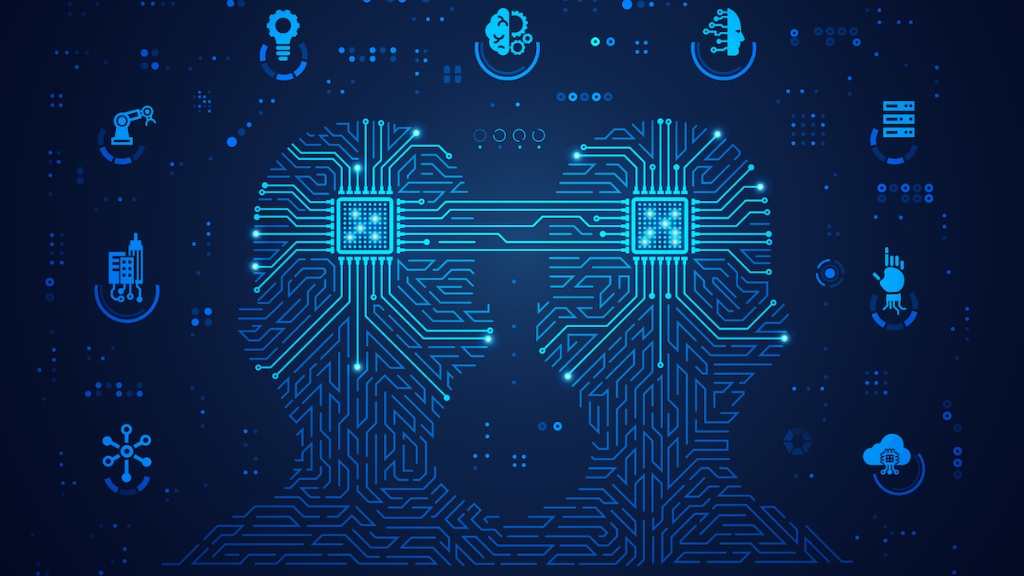
The working process of Digital Twin Technology. | Photo collected.
The advantages of digital twin technology include
- Performance improvement:
By using real-time data analysis and building a virtual environment copy of the system, digital twins can enhance operational performance and boost system efficiency.
- Predictive maintenance:
By using sensor data to detect issues early on, significant failures can be avoided.
- Remote monitoring:
Digital twin technology lowers the risk of dangerous operations by assisting in the pre-monitoring of an object’s qualities.
- Shorter manufacturing time:
Preproduction time and expenses can be saved by virtually designing and testing new goods.
- Sustainable development:
Monitoring energy use and streamlining procedures can guarantee environmentally friendly operations.
- Make decision-making easier:
Fast data analysis makes it possible to make wise decisions.
- Cost savings:
This can lower the price of upkeep and operations.
- Wide applicability:
Digital twin technology is currently readily adaptable across a range of sectors.
- Risk reduction:
This technology is crucial for boosting dependability and safety.
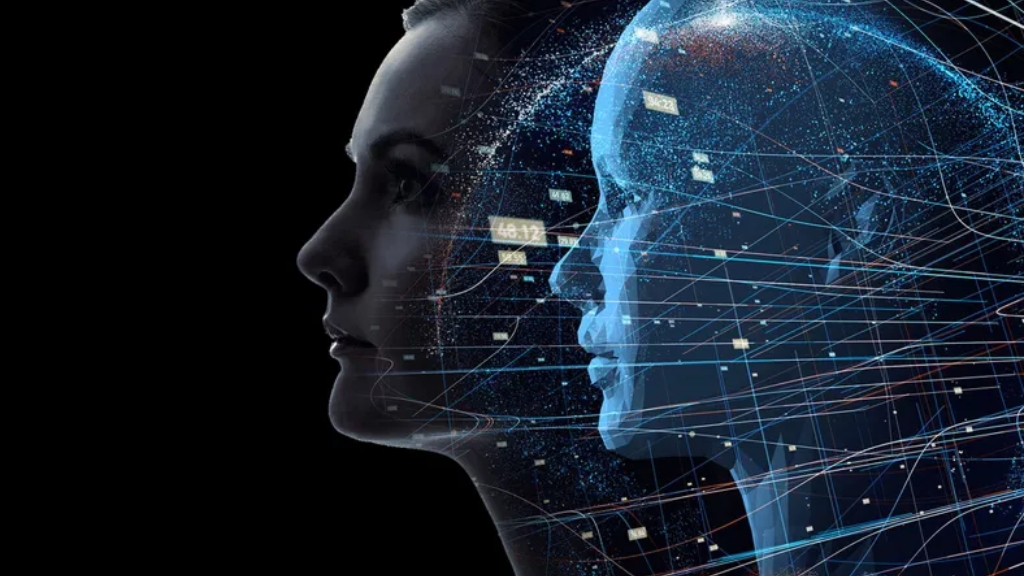
The working process of Digital Twin Technology. | Photo collected.
The drawbacks of digital twin technology
- High initial cost:
The setup of sensors, IoT (Internet of Things), and AI infrastructure requires a significant financial outlay.
- Complex integration:
Time-consuming technological integration with current systems is a challenge.
- Data security risks:
There are cybersecurity dangers while handling large data.
Applications of Digital Twin Technology
Construction:
- Both commercial and residential projects are planned and managed using digital twins.
- It contributes significantly to the advancement of architectural design and project progress.
Manufacturing Industry:
- Digital twin technology is applied across the entire production process.
- In performance analysis and component monitoring, it is crucial.
Energy:
- Aids in maximizing the efficiency of resources like refineries, solar power projects, and wind farms.
Automobile:
- Used to create predictive maintenance and digital models of cars.
Healthcare:
- In the healthcare industry, virtual representations of labs, hospitals, and human organs are created.
- Utilized to evaluate the efficacy of therapies.
Smart Cities:
- Infrastructure development, energy management, and city planning are all significantly impacted by digital twin technology.
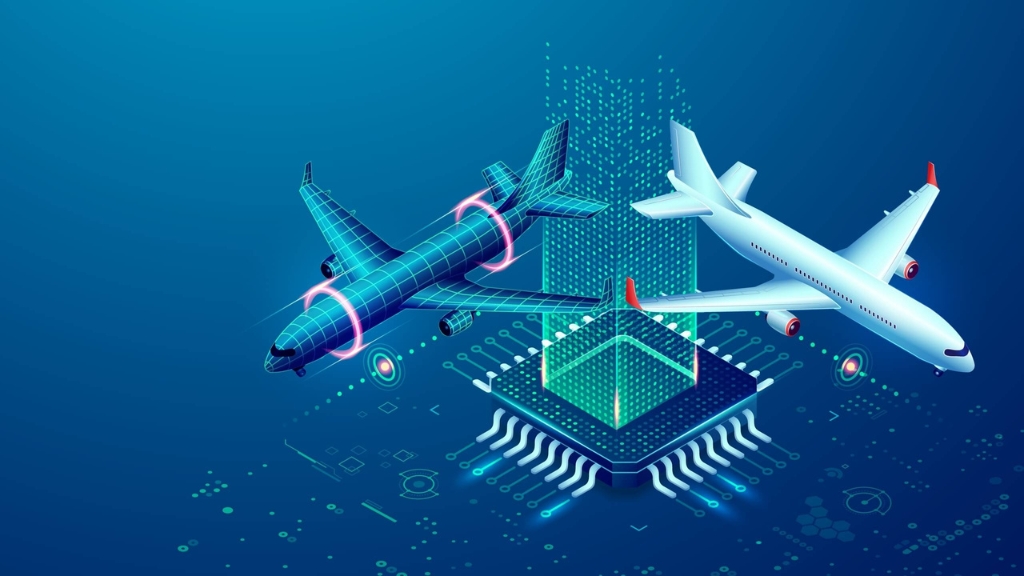
Various application areas of Digital Twin Technology. | Photo collected.
Lastly,
Technology known as digital twins is helping to close the gap between the actual and virtual worlds. The integration of artificial intelligence (AI), machine learning (ML), and the Internet of Things (IoT) presents a chance to enhance industrial efficiency, lower risk, and spur innovation. For operations to be sustainable and effective in the future, digital twin technology has become indispensable, despite the significant costs and security risks associated with its implementation. As it develops further, the range of applications it may be used for will increase, opening up new possibilities for managing our real world.

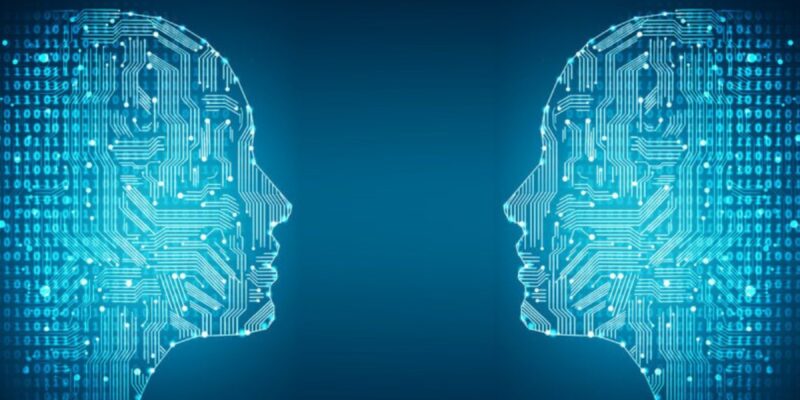
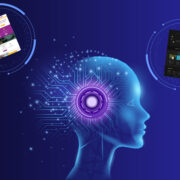
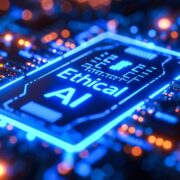

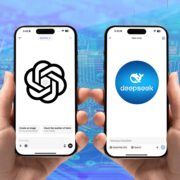
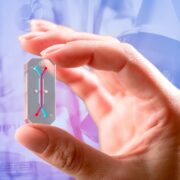

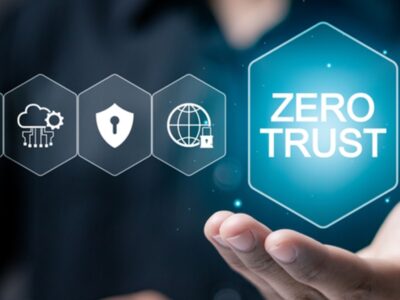
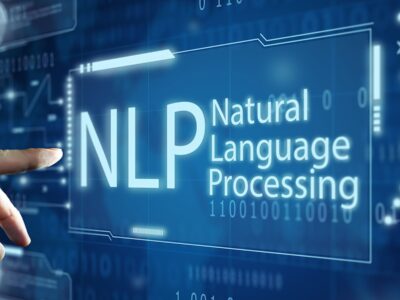
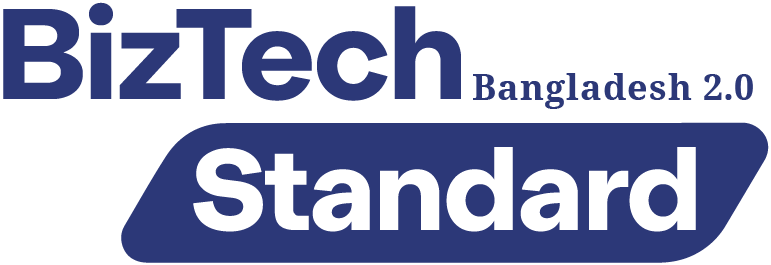









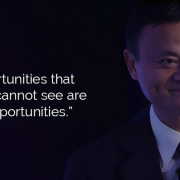




Comments